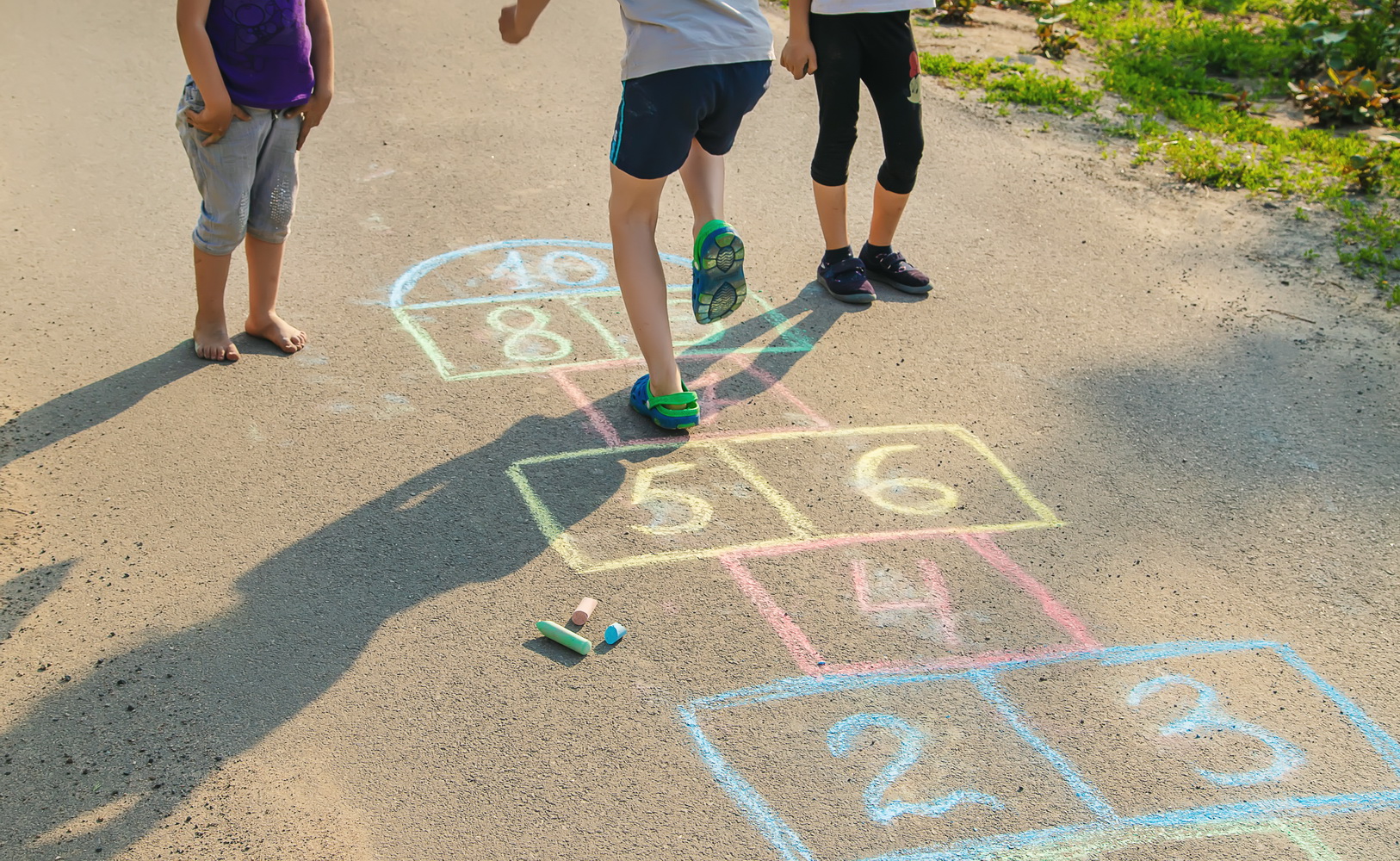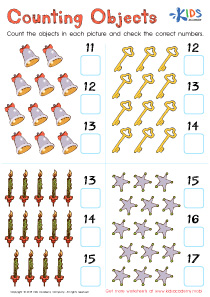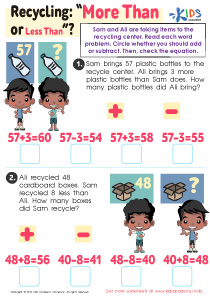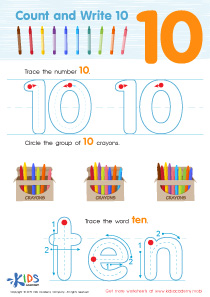Animal recognition Normal Numbers 0–10 Worksheets for 5-Year-Olds
3 filtered results
-
From - To
Welcome to our engaging "Animal Recognition Normal Numbers 0–10 Worksheets for 5-Year-Olds" page! Designed to foster early math skills, these interactive worksheets help young learners identify and count animals while recognizing numbers from 0 to 10. Each activity is tailored to make learning fun and colorful, capturing the imagination of your little ones. As children associate numbers with delightful animal images, they enhance their counting abilities and cognitive skills. Perfect for home or classroom use, these worksheets promote visual learning and foster a love for mathematics from an early age. Explore our resources and watch your child's skills flourish!


Counting Pets Worksheet


Counting Sea Animals Worksheet


Counting Farm Animals Worksheet
Animal recognition and normal numbers 0–10 are vital skills for five-year-olds, fostering foundational cognitive and social development. Understanding animal recognition can enhance a child's connection to the natural world, promoting curiosity and empathy towards living creatures. Knowledge about different animals lays the groundwork for conversations about biodiversity, ecosystems, and environmental stewardship. It also promotes critical thinking as children learn to categorize and understand their environment.
On the other hand, mastering normal numbers from 0–10 is essential for early mathematical literacy. This foundational numerical understanding equips children with the skills they need for basic counting, addition, recognition of patterns, and problem-solving. It supports their ability to grasp more complex mathematical concepts later on.
Additionally, combining animal recognition with counting activities—such as counting animals in a book or on a farm—brings concepts to life, making learning engaging and relatable. These activities also foster language development, as children learn new vocabulary related to animals and numbers.
By nurturing these skills, parents and teachers are investing in the child's overall cognitive development, preparing them for academic success, and helping them develop a respectful relationship with the environment. Encouraging these skills in playful and interactive ways creates a rich learning atmosphere for young learners.
 Assign to My Students
Assign to My Students




















